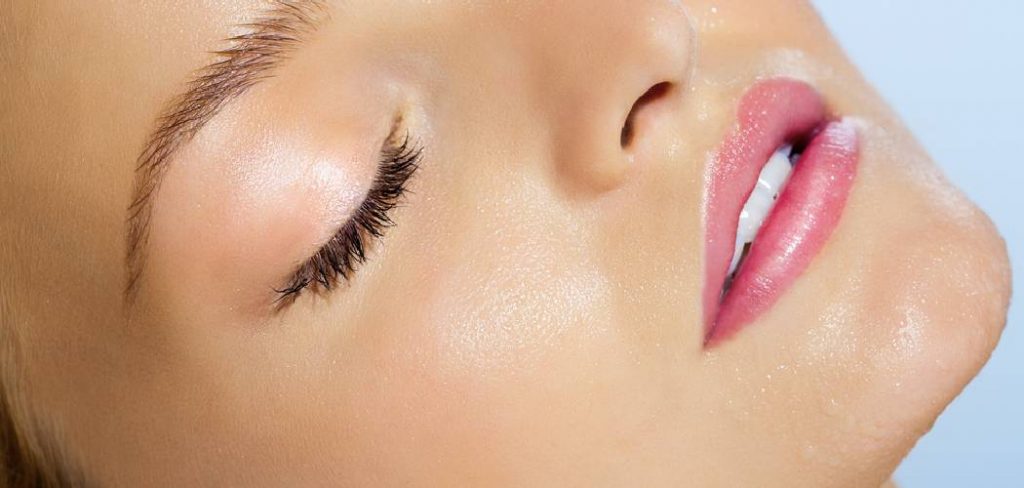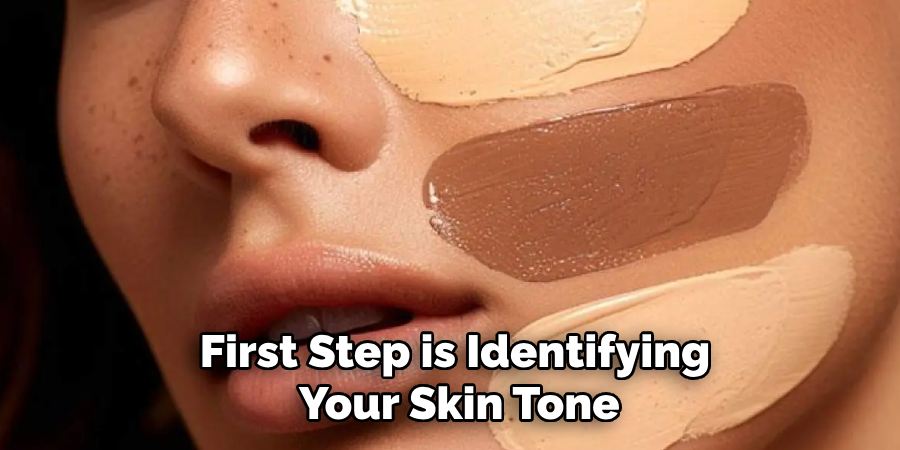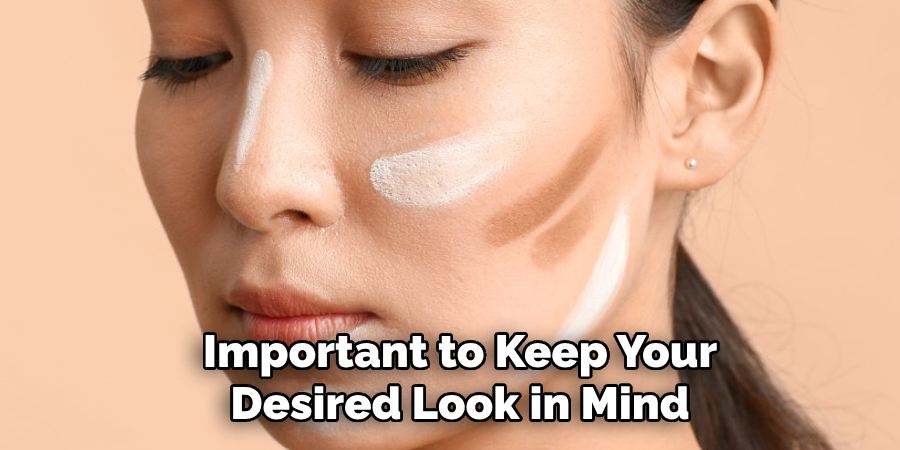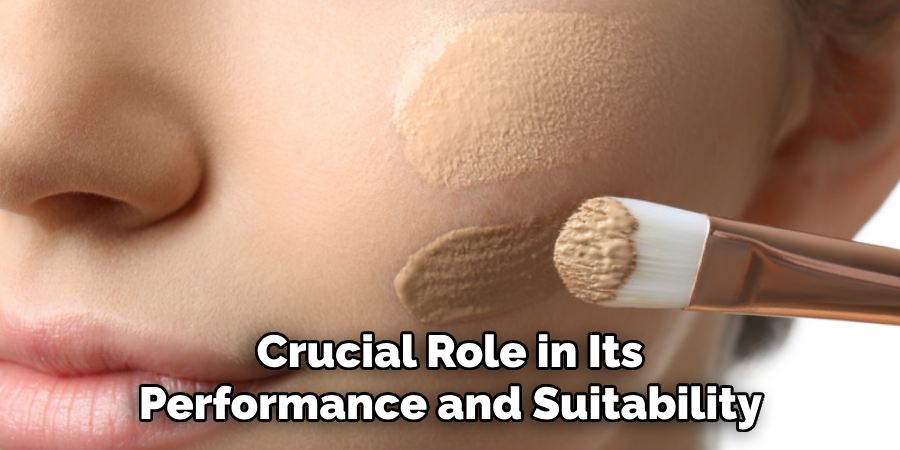Are you looking for the perfect contour shade but unsure of where to start? Contouring is a popular makeup technique that can enhance your natural features and create dimension on your face.
How to pick contour shade is essential for achieving a natural and sculpted look. Contouring enhances the structure of your face by adding definition and creating the illusion of shadows and depth. However, selecting the wrong shade can lead to an unnatural or overly harsh appearance. To pick the perfect contour shade, it’s important to consider your skin tone, undertone, and the type of product that suits your needs.

With the right shade and technique, contouring can elevate your makeup game and give you a polished, professional finish. Let’s explore how to choose contour shade for your skin tone.
What Are the Benefits of Contouring?
Contouring is a popular makeup technique that involves using dark and light shades to sculpt, define, and enhance the facial features. It’s a great way to add dimension and shape to the face, whether you want to create sharper cheekbones or a more defined jawline.
Some benefits of contouring include:
- Enhancing Facial Structure: Contouring allows you to alter the appearance of your facial features by creating shadows and highlights in strategic areas. This can help to balance out asymmetrical features or give the illusion of a more defined bone structure.
- Defining the Face: By selectively placing darker shades, you can make certain areas appear smaller or narrower while highlighting other areas to make them stand out. This can be especially useful for defining the jawline, cheekbones, and nose.
- Longevity: When done correctly with quality products, contouring can last all day without needing touch-ups. This makes it a great option for special occasions or long days when you want your makeup to stay in place.
- Versatility: Contouring is not limited to just the face – it can also be used on other areas of the body, such as the décolletage, arms, and legs. This allows for creative experimentation and adding definition to different parts of the body.
What Will You Need?
To successfully contour, you will need the following products and tools:
- Contour Shade: This should be a matte product that is 1-2 shades darker than your skin tone. Cream or powder formulas are available depending on your preference.
- Highlight Shade: Similar to the contour shade, this should also be a matte product, but in a lighter shade than your skin tone. Again, cream or powder options are available.
- Blending Brush/Sponge: A flat-top synthetic brush or makeup sponge can help blend out the contour and highlight for a natural finish.
- Setting Powder: To set the contour and highlight in place, using a translucent setting powder is recommended.
- Bronzer/Blush: After contouring and highlighting, adding some warmth or flush to the cheeks with a bronzer or blush can add dimension to the face.
10 Easy Steps on How to Pick Contour Shade
1. Determine Your Skin Tone
To choose the perfect contour shade, the first step is identifying your skin tone. Skin tones are generally classified into light, medium, tan, and deep categories. Knowing where your complexion falls on this spectrum will help narrow down your options quickly. For example, those with fair to light skin tones should opt for contour shades that are one to two shades darker than their natural skin tone, leaning towards cooler or neutral undertones for a more natural shadow effect.
For medium or tan skin tones, a warmer, slightly deeper contour shade works best, creating definition without appearing too harsh. Deep skin tones benefit from richer, cooler contour shades that complement their natural depth and undertones.

2. Understand Your Undertone
Understanding your undertone is crucial for selecting makeup products that harmonize with your skin and enhance your features. Undertones are generally categorized as cool, warm, or neutral. Cool undertones typically have hints of pink, red, or blue, while warm undertones feature golden, peachy, or yellow hues.
Neutral undertones are a balanced mix of both, without any dominant color. To identify your undertone, observe the veins on the underside of your wrist in natural light—veins that appear bluish or purple suggest cool undertones, while greenish veins indicate warm undertones. If you see a mix of both, your undertone might be neutral. Recognizing your undertone helps in choosing the right foundation, blush, and other makeup products to create a cohesive and flattering look.
3. Check Product Swatches
When selecting makeup, always test product swatches on your skin to ensure the best match. Apply a small amount of foundation, concealer, or blush on your jawline or the inner part of your wrist, and observe how it blends with your natural skin tone. Ideally, test the products under natural light, as artificial lighting can alter the perception of color. Pay attention to how the product sits on your skin—whether it seamlessly blends or appears too light, dark, or ashy. Testing swatches is a crucial step to avoid mismatched shades and to achieve a flawless, natural finish.
4. Consider Your Desired Look
When selecting makeup products, it’s important to keep your desired look in mind. Are you aiming for a natural, no-makeup makeup appearance, or do you prefer something bold and dramatic? Your choice will influence the type of products and shades you select. For a subtle, everyday look, opt for neutral tones and lightweight formulas that enhance your features without being overpowering. For more glamorous occasions, experiment with vibrant colors, shimmering finishes, and full-coverage products.

5. Choose a Shade with the Right Undertone
Selecting a shade with the right undertone is crucial for achieving a harmonious and polished look. Undertones refer to the subtle hue beneath the surface of your skin that can be warm, cool, or neutral. Warm undertones typically have a golden, peachy, or yellow base, while cool undertones exhibit hints of pink, red, or blue.
Neutral undertones are a balance of both warm and cool hues. To determine your undertone, you can examine the veins on your wrist—greenish veins usually indicate warm undertones, while bluish or purplish veins suggest cool undertones. If it’s difficult to tell or they appear to be a mix, you may have a neutral undertone. Matching your makeup products, such as foundation, lipstick, or eyeshadow, to your undertone is essential for complementing your complexion and avoiding a mismatched or unnatural effect.
6. Test It On Your Skin
When choosing makeup, always test the product directly on your skin to ensure the best match. Apply a small amount of foundation or other complexion products to your jawline, as this area provides the most accurate representation of your overall skin tone. Natural lighting is key—step into a well-lit area or near a window to see how the product blends with your skin in daylight. Additionally, give the product a few minutes to settle on your skin, as some formulas may oxidize and change slightly over time. Testing on your skin ensures a seamless blend and helps you achieve a flawless, natural look.
7. Consider the Formula
When choosing a foundation or other complexion product, the formula plays a crucial role in its performance and suitability for your skin type. If you have oily skin, opt for a matte or oil-free formula that controls shine and prevents breakouts. For dry skin, hydrating and dewy formulas help maintain a fresh, radiant look without emphasizing dry patches. Those with sensitive or combination skin may benefit from formulas labeled as hypoallergenic or non-comedogenic.

8. Take Lighting into Account
Lighting significantly impacts how your makeup appears, so it’s essential to choose and apply your products with your typical environment in mind. Natural light is the most accurate and flattering for evaluating makeup shades and finishes, making it ideal for application whenever possible. If you are under artificial lighting, however, consider how the lighting may alter the appearance of your foundation and other products. For example, bright fluorescent lights can make colors appear cooler, while warm incandescent lighting may enhance warmer tones. Adjusting your application to suit the lighting conditions ensures your makeup remains seamless and balanced in any setting.
9. Consider Your Skin Type
Your skin type plays a crucial role in determining the makeup products and techniques that will work best for you. Whether you have oily, dry, combination, or sensitive skin, selecting products formulated to address your specific needs can enhance the longevity and appearance of your makeup. For instance, those with oily skin may benefit from mattifying primers and oil-free foundations to control shine, while individuals with dry skin might lean towards hydrating products with a dewy finish.
10. Practice and Experiment!
Practice and experimentation are essential to discovering what makeup techniques and products suit you best. Taking the time to try different looks, textures, and formulas allows you to understand your preferences and adapt to various occasions. For example, experimenting with bold colors or intricate eyeliner styles can push you out of your comfort zone and help you refine your skills. Additionally, practicing the application of new products or techniques repeatedly can improve your precision and confidence over time.
By following these tips, you can elevate your makeup game and create unique looks that suit your personality and style.

Conclusion
How to pick contour shade is essential for achieving a natural and sculpted look. Start by identifying your undertone—cool, warm, or neutral—as this will guide you toward shades that complement your skin.
Generally, your contour shade should be one to two shades darker than your natural skin tone for a subtle but effective definition. For cool undertones, opt for contour shades with grayish or taupe hues, while warm undertones pair well with shades that lean more towards golden or bronze. Neutral undertones can experiment with a mix of both. Additionally, consider the formula—powder works well for oily skin, while cream is ideal for dry or combination skin types.
By understanding your skin’s unique characteristics, you can choose a contour shade that enhances your features effortlessly.
About the Author
Jane Hubbard is a passionate beauty expert with a wealth of experience in makeup, hair, and overall beauty techniques. After years of working as a hairdresser specialist, she followed her entrepreneurial spirit and started her own consultancy business.
Jane has always been driven by her desire to help others feel confident in their own skin, and she does this by sharing her knowledge, experiences, and practical beauty tips. Through her consultancy, she empowers individuals to embrace their unique beauty, offering tailored guidance that boosts both self-esteem and personal style.
Professional Focus
- Specializes in makeup, hairstyling, and beauty consulting.
- Provides personalized beauty advice, tips, and techniques to help individuals feel confident in their appearance.
- Dedicated to staying up-to-date with the latest industry trends and developments.
- Passionate about creating a comfortable and empowering experience for every client.
Education History
- University of Craft and Design – Bachelor of Fine Arts (BFA) in Woodworking and Furniture Design
- Woodworking Apprenticeships – Extensive hands-on training with skilled craftsmen to refine carpentry and furniture making techniques
- Online Courses & Masterclasses – Continued education in advanced woodworking techniques, design principles, and specialized tools
Expertise:
- Makeup artistry, hairstyling, and beauty consulting.
- Personalized beauty techniques to enhance confidence and self-expression.
- Educating clients on how to maintain their beauty routines at home.
